Home>Garden Essentials>How To Soak Chia Seeds For Baby
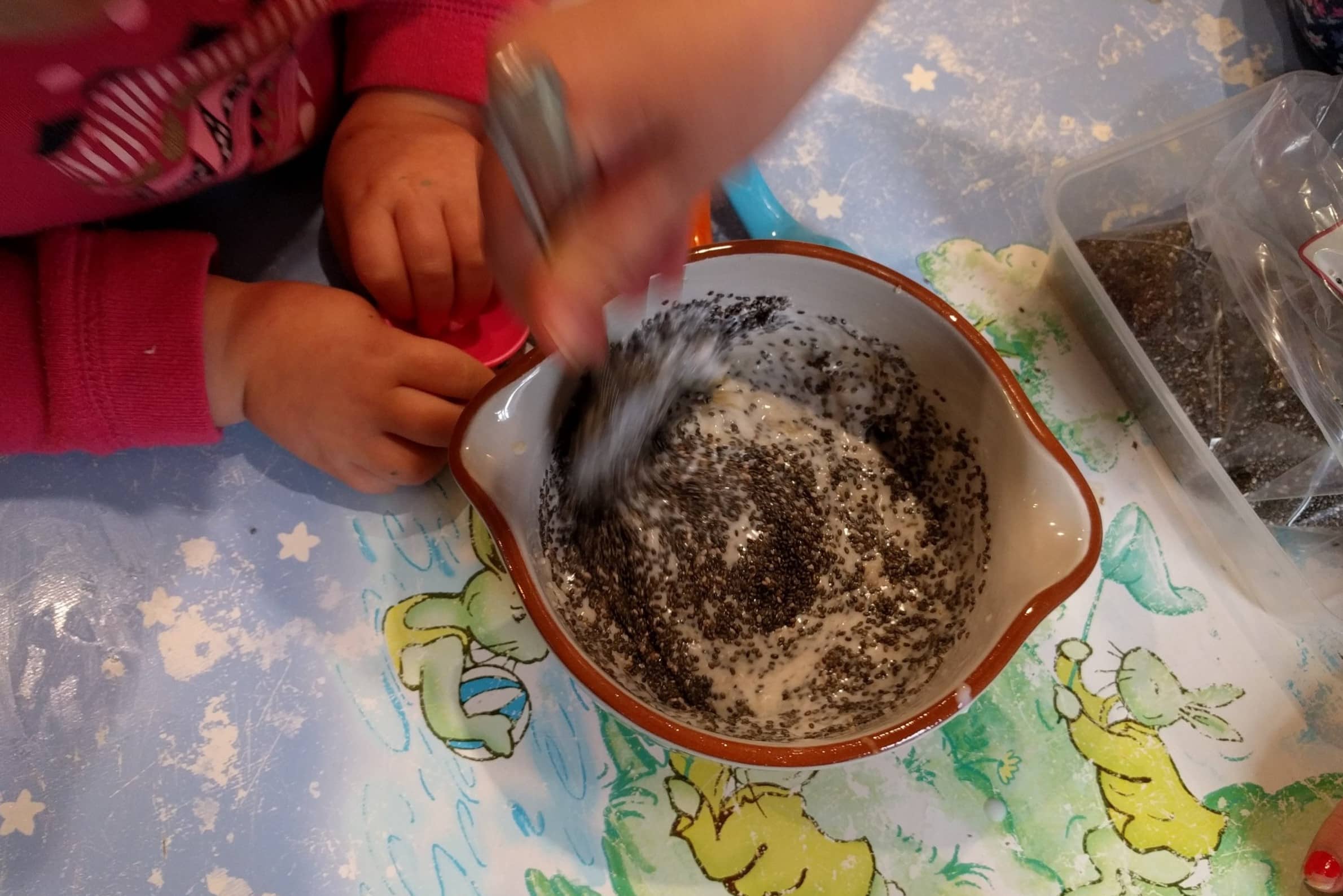

Garden Essentials
How To Soak Chia Seeds For Baby
Modified: March 16, 2024
Learn how to properly soak chia seeds for your baby's nutrition and growth. Explore the benefits of using garden-fresh ingredients for this healthy treat.
(Many of the links in this article redirect to a specific reviewed product. Your purchase of these products through affiliate links helps to generate commission for Storables.com, at no extra cost. Learn more)
Introduction
Welcome to the world of parenting, where every decision you make for your little one is based on their health and well-being. When it comes to introducing solid foods to your baby, it’s essential to explore new and nutritious options. One such superfood that you can consider is chia seeds. These tiny powerhouses are packed with nutrients and can be a fantastic addition to your baby’s diet. In this article, we will explore the benefits of chia seeds for babies and guide you on how to soak chia seeds for your little one.
Chia seeds have gained immense popularity for their nutritional value and health benefits in recent years. These small seeds are known for their high content of omega-3 fatty acids, fiber, protein, and essential minerals like calcium, iron, and magnesium. Incorporating chia seeds into your baby’s diet can provide them with essential nutrients necessary for their growth and development.
Before you start introducing chia seeds to your baby, it’s crucial to choose the right type of chia seeds. Organic and non-GMO chia seeds are the best options, as they are free from harmful chemicals and have a higher nutrient content. You can find these chia seeds in most health food stores or online. Remember to always check the expiration date and choose a reputable brand to ensure the quality of the product.
Now that you have the perfect chia seeds for your baby, it’s time to prepare them for soaking. Soaking chia seeds before feeding them to your baby is essential as it helps in digestion and enhances their nutrient absorption. Soaking also softens the seeds, making them easier to consume for your little one.
In the following sections, we will provide a step-by-step guide on how to properly soak chia seeds for your baby, as well as important safety precautions to keep in mind. We will also discuss different ways to incorporate soaked chia seeds into your baby’s diet to make mealtime a fun and nutritious experience.
Remember, it’s always essential to consult with your pediatrician before introducing any new food to your baby’s diet, including chia seeds. Now, let’s dive into the benefits of chia seeds for babies and learn how to properly prepare them for your little one.
Key Takeaways:
- Chia seeds are a nutrient-packed superfood for babies, promoting healthy digestion, bone development, and immunity. Always consult with a pediatrician and follow safety precautions when introducing chia seeds to your baby’s diet.
- Soak chia seeds in liquid for 10-15 minutes before feeding them to your baby. Incorporate soaked chia seeds into purees, yogurt, oatmeal, or as a topping for various foods to provide a nutritious boost to your baby’s meals.
Read more: How Long Should Chia Seeds Soak In Yogurt
Benefits of Chia Seeds for Babies
Chia seeds are nutritional powerhouses that offer a wide range of health benefits for babies. Here are some of the key benefits of incorporating chia seeds into your baby’s diet:
- Excellent source of essential nutrients: Chia seeds are packed with essential nutrients that are crucial for your baby’s growth and development. They are rich in omega-3 fatty acids, which play a vital role in brain development and cognitive function. Additionally, chia seeds are a great source of protein, fiber, calcium, iron, and magnesium, all of which are important for your baby’s overall health.
- Promotes healthy digestion: Chia seeds are high in fiber, which aids in healthy digestion. When soaked, chia seeds form a gel-like consistency that helps regulate bowel movements and prevents constipation in babies. The fiber content also promotes the growth of good bacteria in the gut, supporting a healthy digestive system.
- Boosts immunity: Chia seeds are packed with antioxidants that help strengthen your baby’s immune system. These antioxidants protect against free radicals and inflammation, reducing the risk of common illnesses and infections.
- Supports bone development: Chia seeds are an excellent source of calcium, which is essential for strong bones and teeth. Adequate calcium intake during infancy and early childhood is crucial for optimal bone development, and chia seeds can contribute to meeting your baby’s calcium needs.
- Aids in weight management: Chia seeds are rich in protein and fiber, which can help your baby feel fuller for longer periods. This can be beneficial for managing their appetite and preventing overeating.
- Promotes healthy brain and eye development: The omega-3 fatty acids present in chia seeds play a vital role in brain and eye development. These essential fats are necessary for the formation of healthy cell membranes and the functioning of the nervous system.
Now that you are aware of the incredible health benefits chia seeds can offer your baby, let’s move on to the next section to learn how to choose the right chia seeds and prepare them for soaking.
Choosing the Right Chia Seeds for Your Baby
When it comes to choosing chia seeds for your baby, it’s essential to opt for high-quality seeds that are free from pesticides and other harmful substances. Here are a few factors to consider when selecting chia seeds:
- Organic certification: Look for chia seeds that are labeled as organic. Organic chia seeds are grown without the use of synthetic fertilizers, pesticides, or genetically modified organisms (GMOs). Choosing organic ensures that you are providing your baby with a pure and chemical-free product.
- Non-GMO status: Check for chia seeds that are labeled as non-GMO. Genetically modified seeds have been altered in a laboratory, which can have unknown effects on health. Choosing non-GMO seeds ensures that you are giving your baby a natural and unaltered product.
- Quality and freshness: Look for reputable brands or suppliers that have a good track record for providing high-quality chia seeds. Check for expiration dates and make sure that the seeds are fresh. Stale seeds may have reduced nutritional value and may not provide the desired benefits for your baby.
- Packaging: Chia seeds are best stored in a cool, dark place to maintain their freshness. Look for chia seeds that come in resealable packaging to ensure their longevity. This will help you store any remaining seeds properly without compromising their quality.
It’s important to note that chia seeds, like any other food, can cause allergies in some babies. If you have a family history of allergies or suspect that your baby may be allergic, it’s best to consult with a pediatrician before introducing chia seeds to their diet.
Now that you know how to choose the right chia seeds for your baby let’s move on to the next section, where we will guide you through the process of preparing chia seeds for soaking.
Preparing Chia Seeds for Soaking
Soaking chia seeds before feeding them to your baby is an important step as it helps to enhance their digestibility and nutrient absorption. Here’s a step-by-step guide on how to properly prepare chia seeds for soaking:
- Measure the chia seeds: Start by measuring the desired amount of chia seeds. Depending on your baby’s age and dietary needs, you can start with a small quantity, such as 1 tablespoon, and gradually increase it as per their tolerance.
- Choose the liquid: The next step is to choose the liquid for soaking the chia seeds. You can use breast milk, formula, or water. Breast milk and formula add extra nutrients while water is a simple and straightforward option.
- Mix the seeds and liquid: In a small bowl, combine the measured chia seeds with the chosen liquid. Stir well to ensure that the seeds are evenly dispersed in the liquid. The ratio typically recommended is 1 tablespoon of chia seeds to 4 tablespoons of liquid.
- Let it soak: Once the chia seeds and liquid are mixed, let the mixture sit for 10-15 minutes. During this time, the seeds will absorb the liquid and create a gel-like consistency. Stir the mixture a few times during the soaking process to prevent clumping.
- Check the consistency: After 10-15 minutes, check the consistency of the soaked chia seeds. They should have a gel-like texture. If the mixture seems too thick, you can add a little more liquid and stir to achieve the desired consistency.
- Refrigerate if desired: If you want to serve the soaked chia seeds cold or keep them for later use, transfer the mixture to an airtight container and refrigerate. The soaked chia seeds can be stored in the refrigerator for up to 2-3 days.
Remember to always prepare fresh soaked chia seeds for each feeding. Discard any leftover soaked chia seeds that have been sitting at room temperature for more than a few hours to ensure optimal freshness and safety.
Now that you know how to prepare chia seeds for soaking, let’s move on to the next section, where we will provide a step-by-step guide on how to soak chia seeds specifically for your baby.
Soak chia seeds in water or milk for at least 30 minutes before giving them to your baby. This will make them easier to digest and prevent any choking hazards.
Step-by-Step Guide on How to Soak Chia Seeds for Baby
Soaking chia seeds for your baby is a simple process that requires just a few steps. Follow this step-by-step guide to ensure that you prepare soaked chia seeds that are safe and nutritious for your little one:
- Start with the right ratio: Measure 1 tablespoon of chia seeds and 4 tablespoons of liquid. You can use breast milk, formula, or water as the liquid, depending on your baby’s preferences and dietary needs.
- Mix the ingredients: In a small bowl, combine the chia seeds and the chosen liquid. Stir well to ensure that the seeds are evenly distributed in the liquid.
- Let it soak: Allow the mixture to sit and soak for about 10-15 minutes. During this time, the chia seeds will absorb the liquid and form a gel-like consistency. Stir the mixture a few times during the soaking process to prevent clumping.
- Check the consistency: After the soaking period, check the consistency of the soaked chia seeds. They should have a soft and gel-like texture. If the mixture seems too thick, you can add a little more liquid and stir to achieve the desired consistency.
- Time to feed: Once the chia seeds are properly soaked, it’s time to feed them to your baby. You can use a small spoon or offer the mixture in a baby-friendly feeder or self-feeding pouch, depending on your baby’s age and developmental stage.
- Observe your baby’s response: Watch closely as your baby eats the soaked chia seeds. Pay attention to their facial expressions, textures they enjoy, and any signs of allergies or discomfort. If your baby has any adverse reactions, such as rashes, vomiting, or diarrhea, stop feeding chia seeds and consult with a pediatrician.
Remember that introducing new foods to your baby’s diet should be done gradually. Start with small amounts of soaked chia seeds and observe how your baby tolerates it. If they have any difficulty swallowing or digesting, consult with your pediatrician before continuing.
Now that you know how to soak chia seeds specifically for your baby, let’s move on to the next section, where we will discuss important safety precautions to keep in mind when feeding chia seeds to babies.
Read more: How Long Does It Take For Chia Seeds To Soak
Safety Precautions for Feeding Chia Seeds to Babies
While chia seeds offer numerous health benefits, it’s essential to take certain safety precautions when introducing them to your baby’s diet. Here are some important safety considerations:
- Consult with a pediatrician: Before incorporating chia seeds into your baby’s diet, consult with your pediatrician. They can provide personalized advice based on your baby’s age, development, and any specific dietary considerations.
- Introduce gradually: Start by introducing small amounts of soaked chia seeds to your baby’s diet. This allows you to monitor their tolerance and any potential allergic reactions. Watch for any signs of rash, hives, swelling, or digestive issues. If any adverse reactions occur, discontinue use and consult your pediatrician.
- Ensure age-appropriate consistency: Adjust the consistency of the soaked chia seeds based on your baby’s developmental stage. For younger babies, you may need to puree or blend the soaked chia seeds to a smoother texture. As your baby grows, gradually increase the texture to encourage chewing and swallowing skills.
- Never replace breast milk or formula: Chia seeds should be considered a complementary food and should not replace breast milk or formula as the primary source of nutrition for babies under one year of age. They can be added to other foods or served separately as a nutritious addition to a well-balanced diet.
- Store properly: If you have any leftover soaked chia seeds, store them in an airtight container in the refrigerator for up to 2-3 days. Discard any unused portion that has been sitting at room temperature for an extended period.
- Monitor choking hazards: As with any food, be cautious of choking hazards when feeding chia seeds to your baby. Ensure that the texture and consistency are appropriate for their age and developmental stage. Always supervise your baby during mealtimes.
By following these safety precautions, you can incorporate chia seeds into your baby’s diet in a safe and responsible manner. Remember, each baby is unique, and it’s important to adapt feeding practices to their individual needs and developmental milestones.
Now that you are aware of the safety considerations, let’s move on to the next section, where we will discuss different ways to incorporate soaked chia seeds into your baby’s diet.
Incorporating Soaked Chia Seeds in Baby’s Diet
Now that you have learned about the benefits of chia seeds for babies and how to properly soak them, it’s time to explore different ways to incorporate soaked chia seeds into your baby’s diet. Here are a few ideas:
- Add to purees: Blend or mix the soaked chia seeds into your baby’s fruit and vegetable purees. The chia seeds will add a nutritious boost and a pleasant texture to the purees.
- Mix with yogurt or oatmeal: Stir in soaked chia seeds into your baby’s yogurt or oatmeal. Not only will it add extra nutrition, but it will also create a more satiating and filling meal for your little one.
- Create chia puddings: Combine the soaked chia seeds with your baby’s favorite milk (breast milk, formula, or a non-dairy alternative) and let it thicken in the refrigerator. This creates a creamy and nutritious chia pudding that your baby will love.
- Serve as a topping: Sprinkle a small amount of soaked chia seeds on top of your baby’s pancakes, waffles, or toast. It adds an extra crunch and a nutritional boost to their meal.
- Blend into smoothies: Add soaked chia seeds to your baby’s fruit or vegetable smoothies. The seeds will add extra fiber, protein, and omega-3 fatty acids to their delicious and nutritious drink.
- Create homemade energy balls: Combine soaked chia seeds with other healthy ingredients like mashed banana, nut butter, and rolled oats to create homemade energy balls. These make a great snack for older babies who are already comfortable with chewing.
Remember to start with small amounts when introducing chia seeds to your baby’s diet and gradually increase as they become comfortable with the new texture and taste. Observing your baby’s reaction and consulting with your pediatrician can guide you in determining the appropriate serving size and frequency.
By incorporating soaked chia seeds into your baby’s diet, you are providing them with a nutrient-dense and versatile food that can support their overall growth and development.
Now that you have various ideas for incorporating soaked chia seeds into your baby’s diet, let’s conclude this article.
Conclusion
Introducing new and nutritious foods to your baby’s diet is an exciting and important step in their development. Chia seeds offer a wide range of benefits and can be a great addition to your baby’s meals. From their high nutrient content to their role in promoting healthy digestion and supporting brain development, chia seeds can contribute to your baby’s overall well-being.
When choosing chia seeds for your baby, opt for organic and non-GMO varieties to ensure their purity and quality. Preparing chia seeds for soaking is a simple process that involves mixing them with liquid and allowing them to absorb the liquid for a gel-like consistency. The soaked chia seeds can then be added to purees, yogurt, oatmeal, or used as a topping for various foods.
As with introducing any new food to your baby, it’s important to observe their reaction and consult with a pediatrician if you have any concerns or questions. Some babies may have allergies or sensitivities to chia seeds, so it’s crucial to monitor their response and adjust accordingly.
By incorporating soaked chia seeds into your baby’s diet, you are providing them with a nutrient-packed superfood that can support their growth, digestion, and overall health. Remember to introduce chia seeds gradually, starting with small amounts and increasing as your baby adapts to the new food.
Always prioritize your baby’s safety and well-being by following the recommended safety precautions, storing properly, and monitoring for any adverse reactions. Consulting with your pediatrician throughout the process can provide valuable guidance tailored to your baby’s unique needs.
Introducing chia seeds into your baby’s diet is a wonderful way to provide them with essential nutrients and contribute to their healthy development. Enjoy experimenting with different recipes and ways to incorporate soaked chia seeds into your baby’s meals, and watch as they discover new tastes and textures. Happy feeding!
Frequently Asked Questions about How To Soak Chia Seeds For Baby
Was this page helpful?
At Storables.com, we guarantee accurate and reliable information. Our content, validated by Expert Board Contributors, is crafted following stringent Editorial Policies. We're committed to providing you with well-researched, expert-backed insights for all your informational needs.
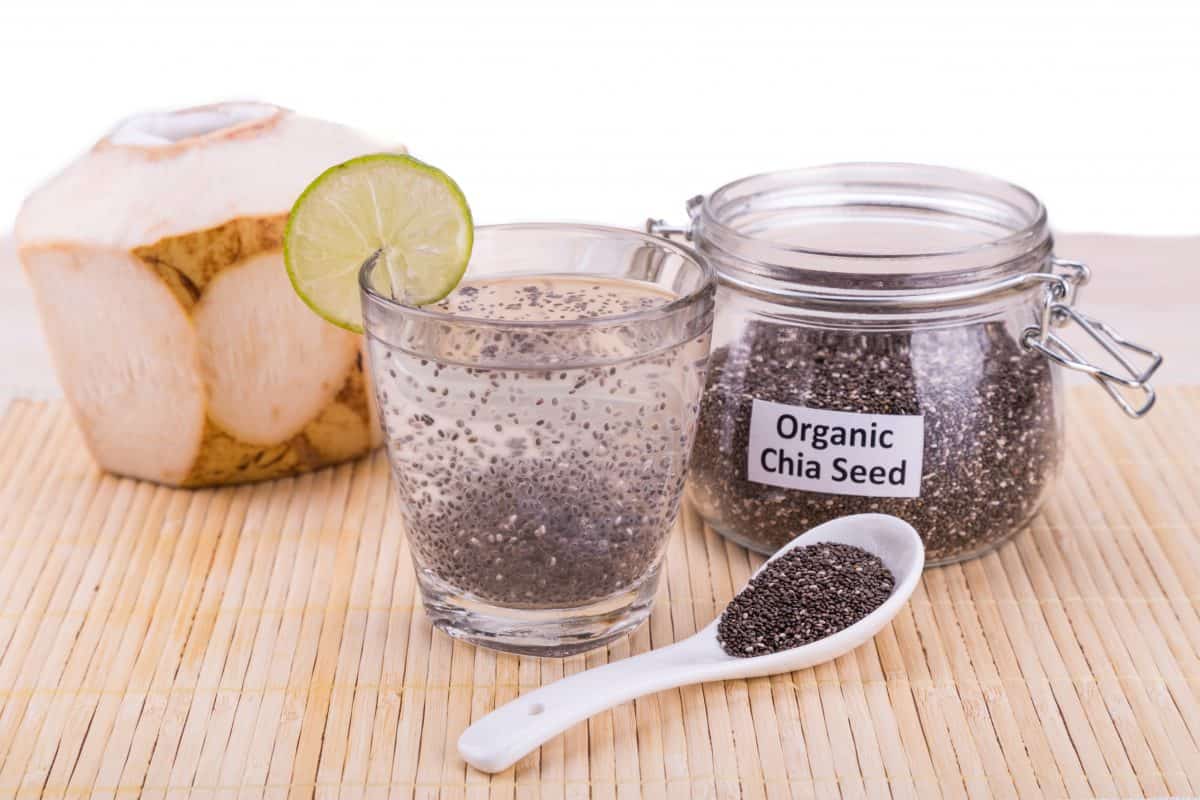
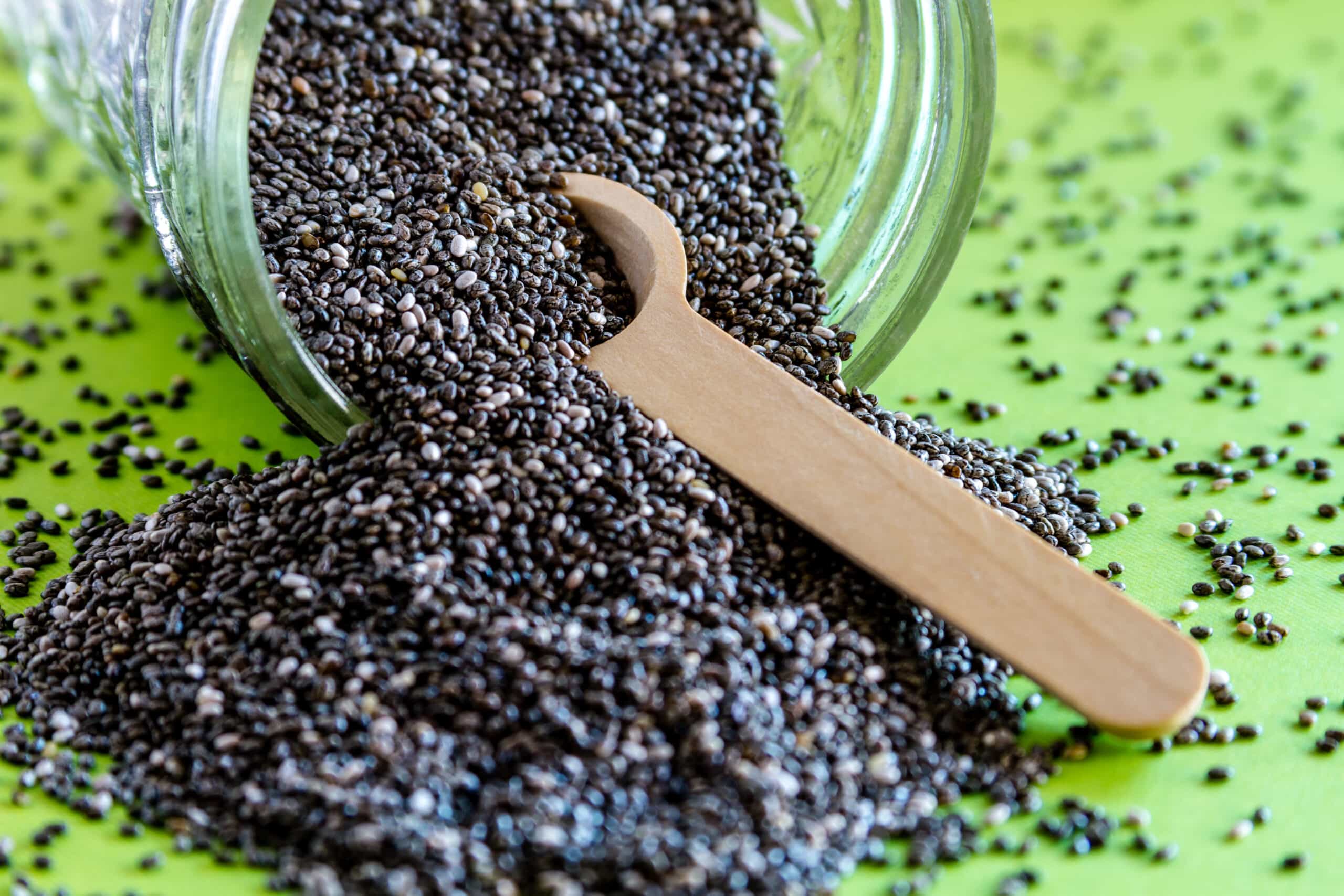
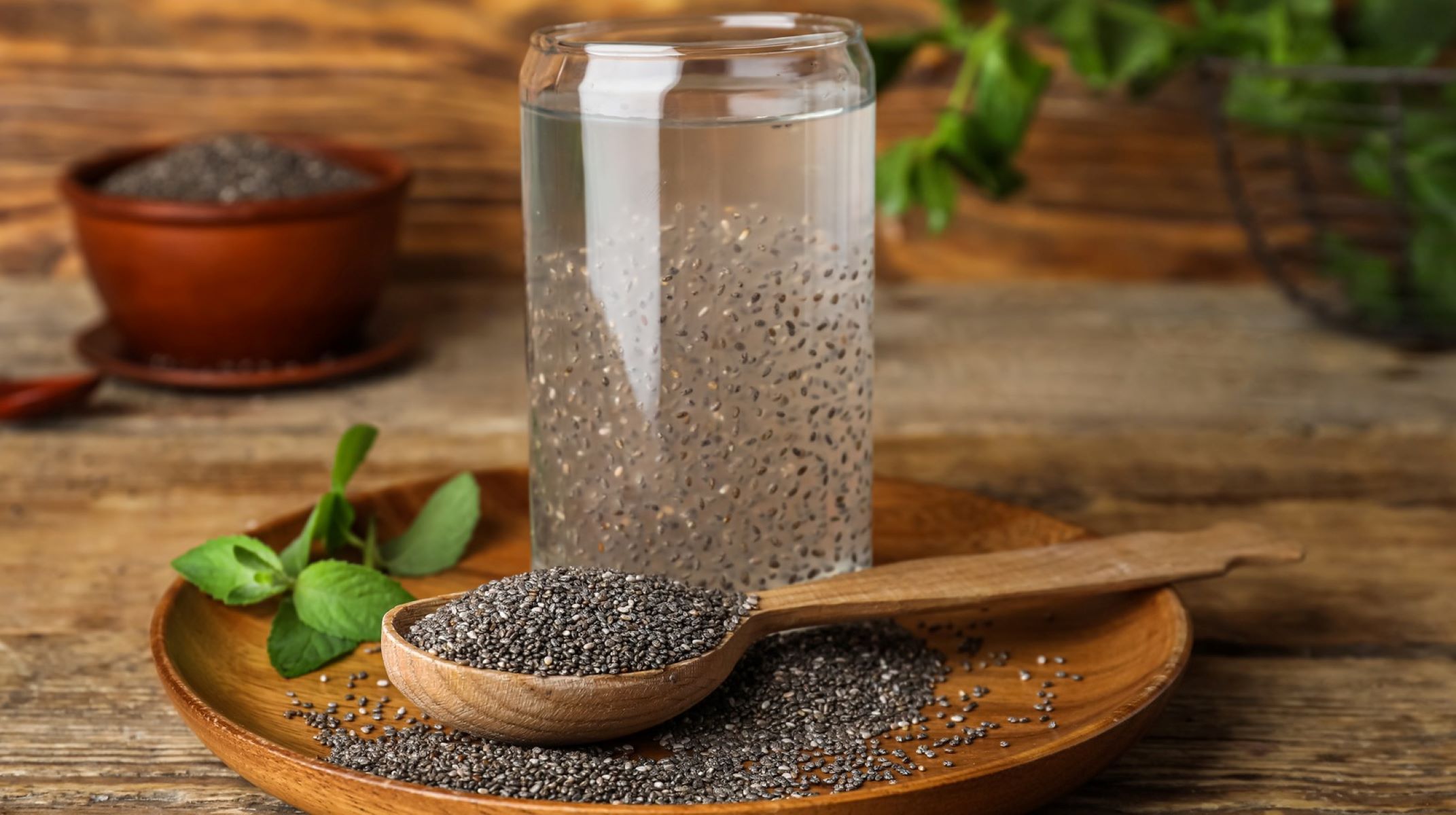
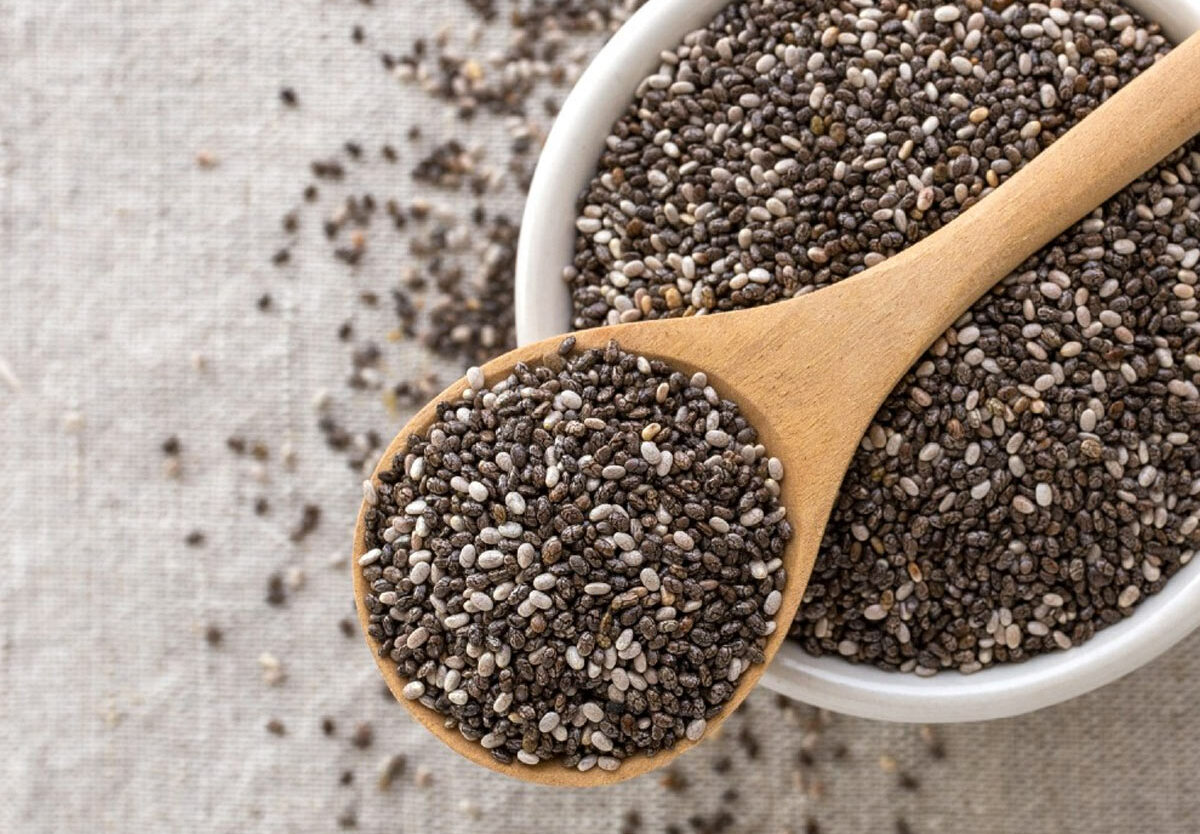
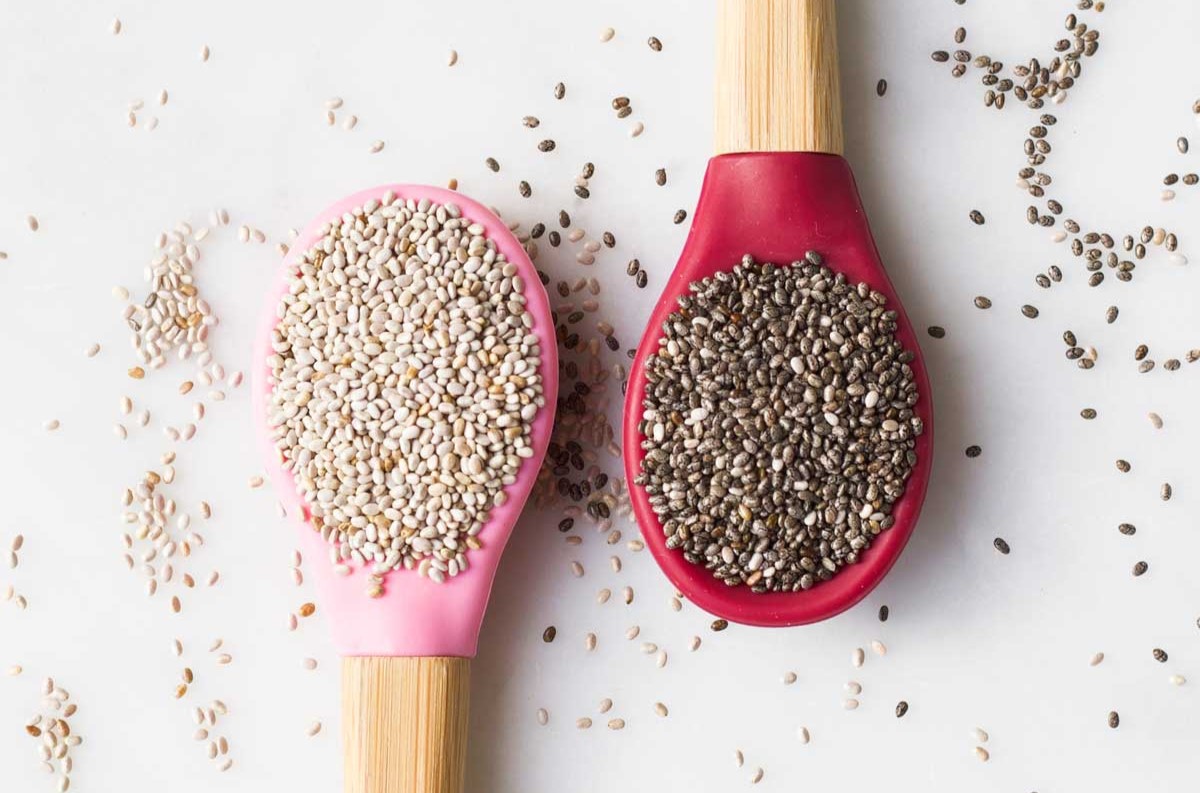
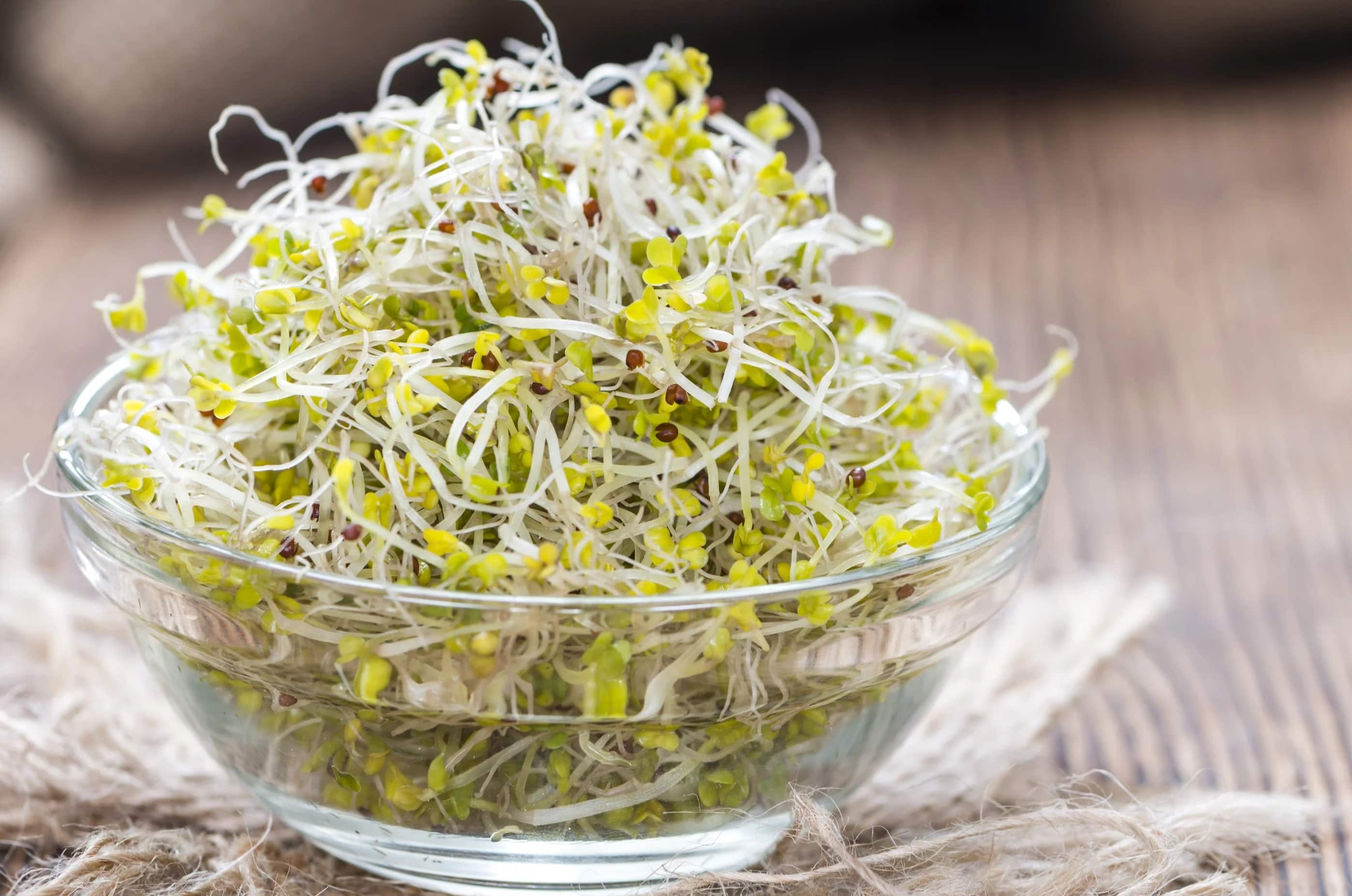
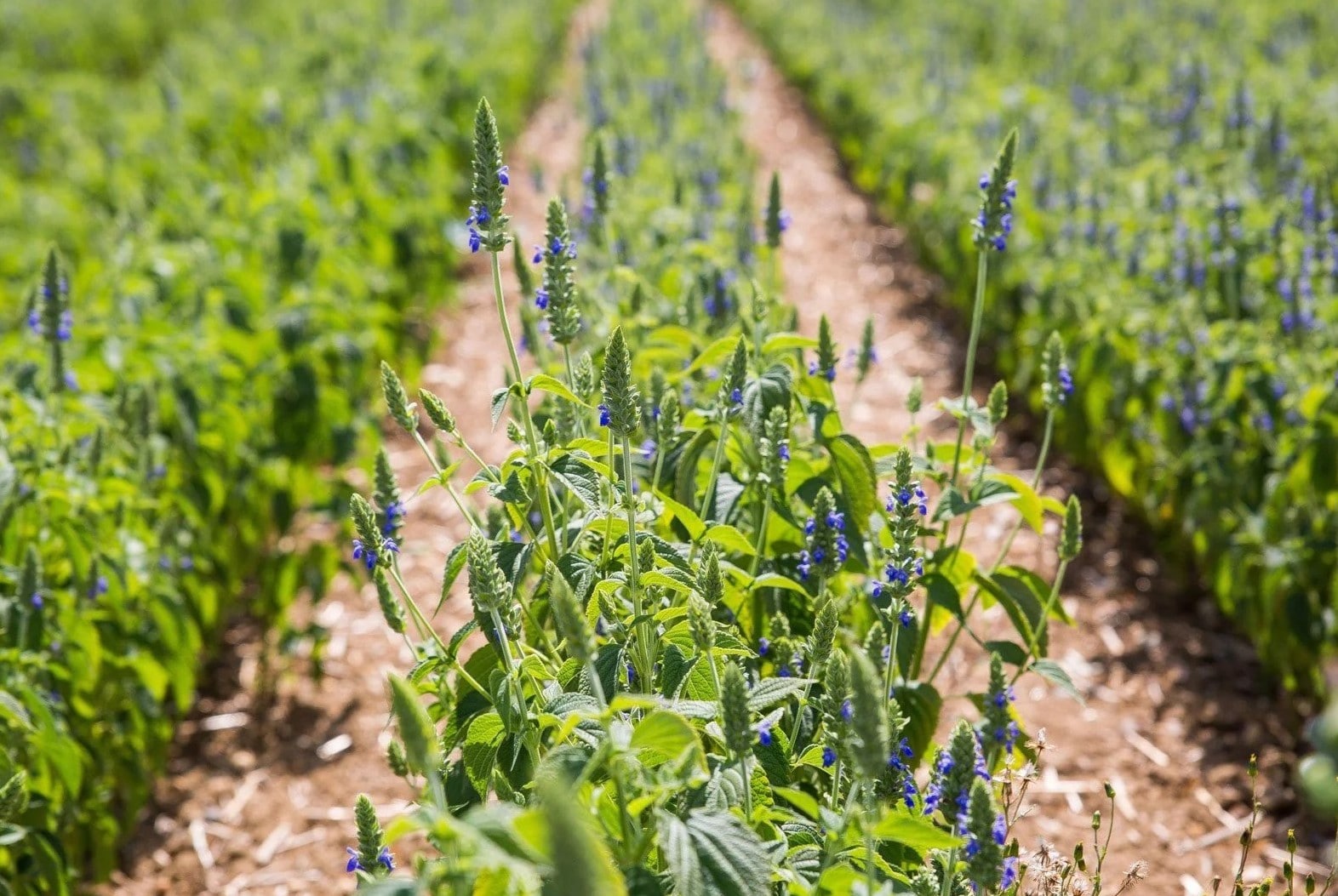
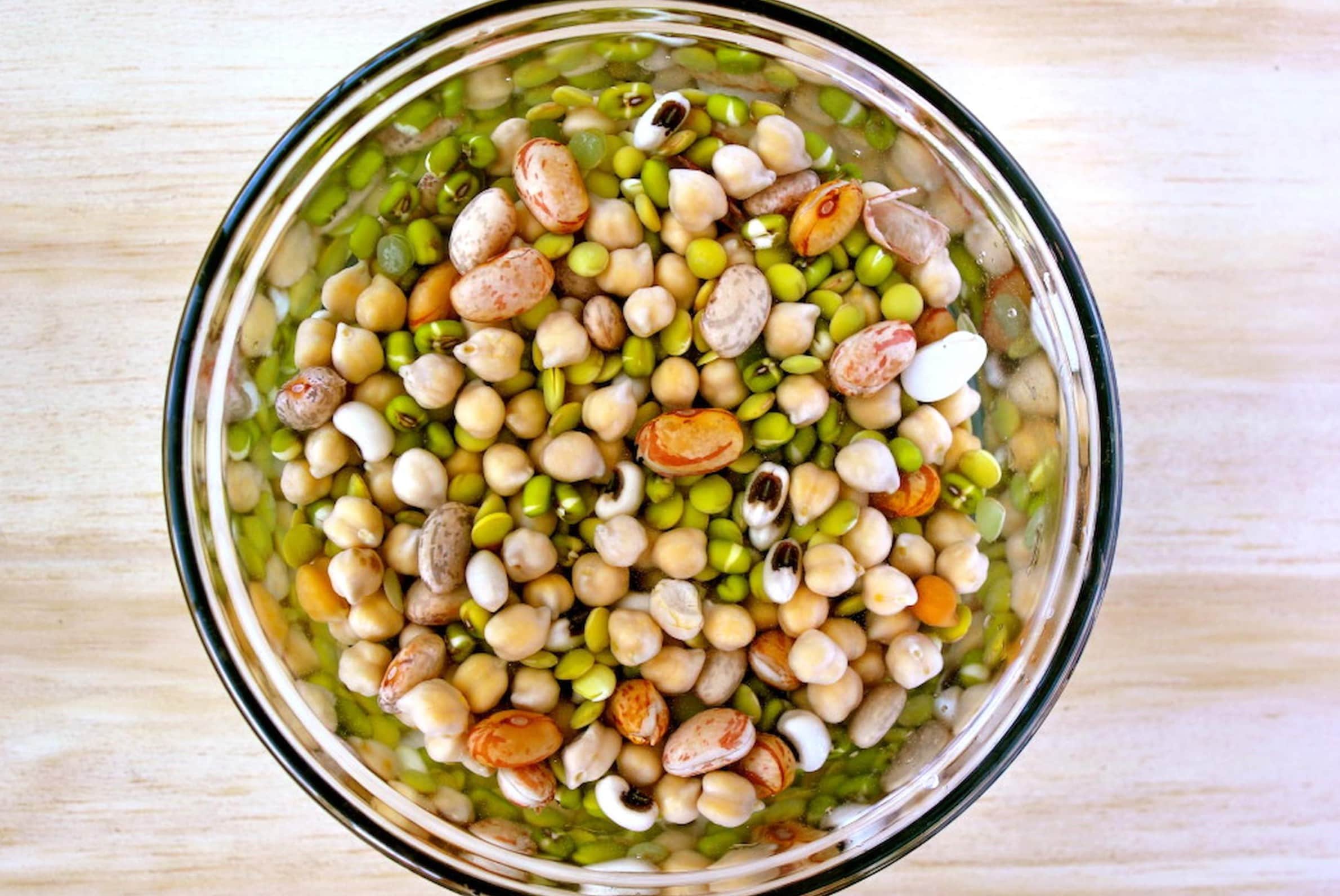
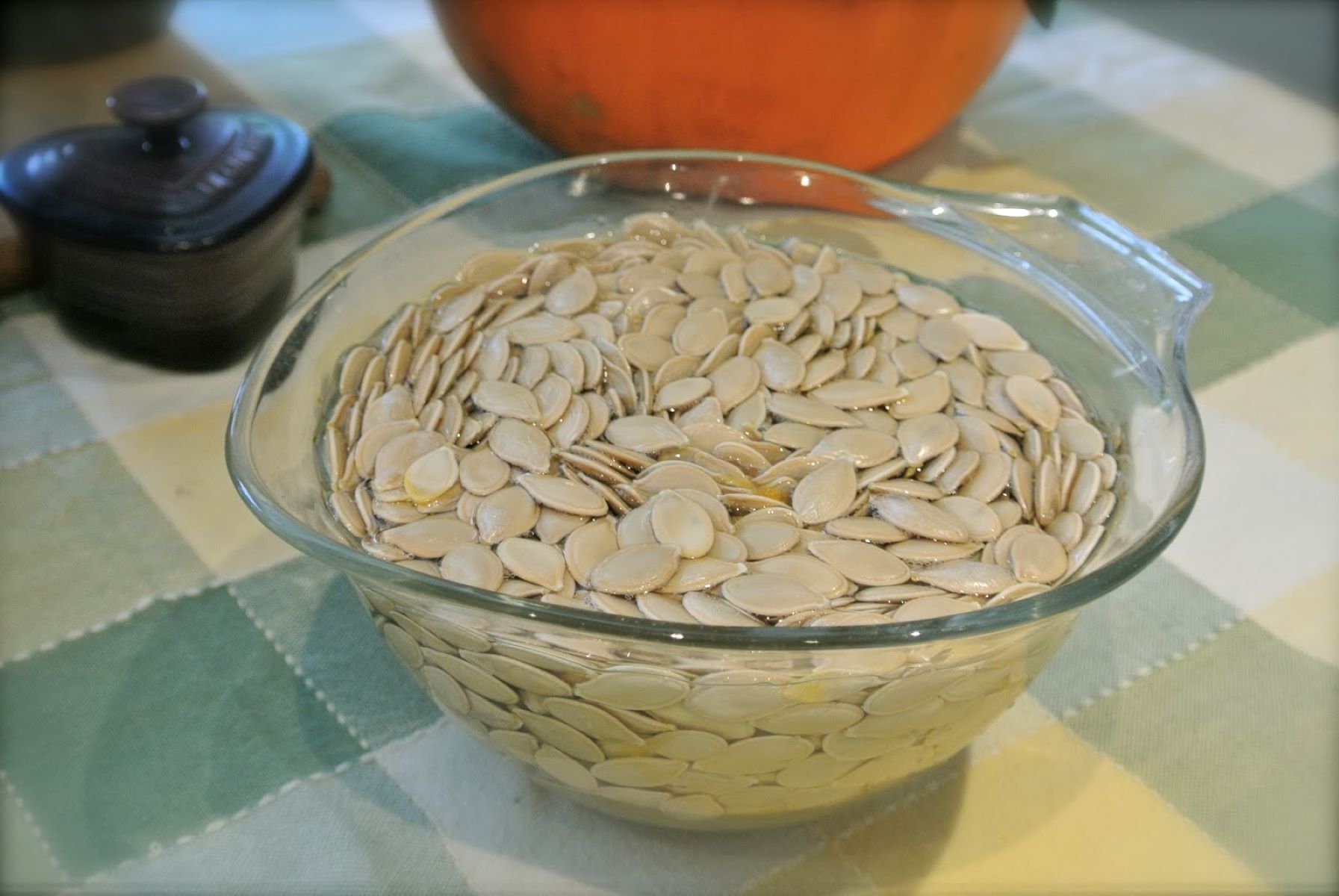
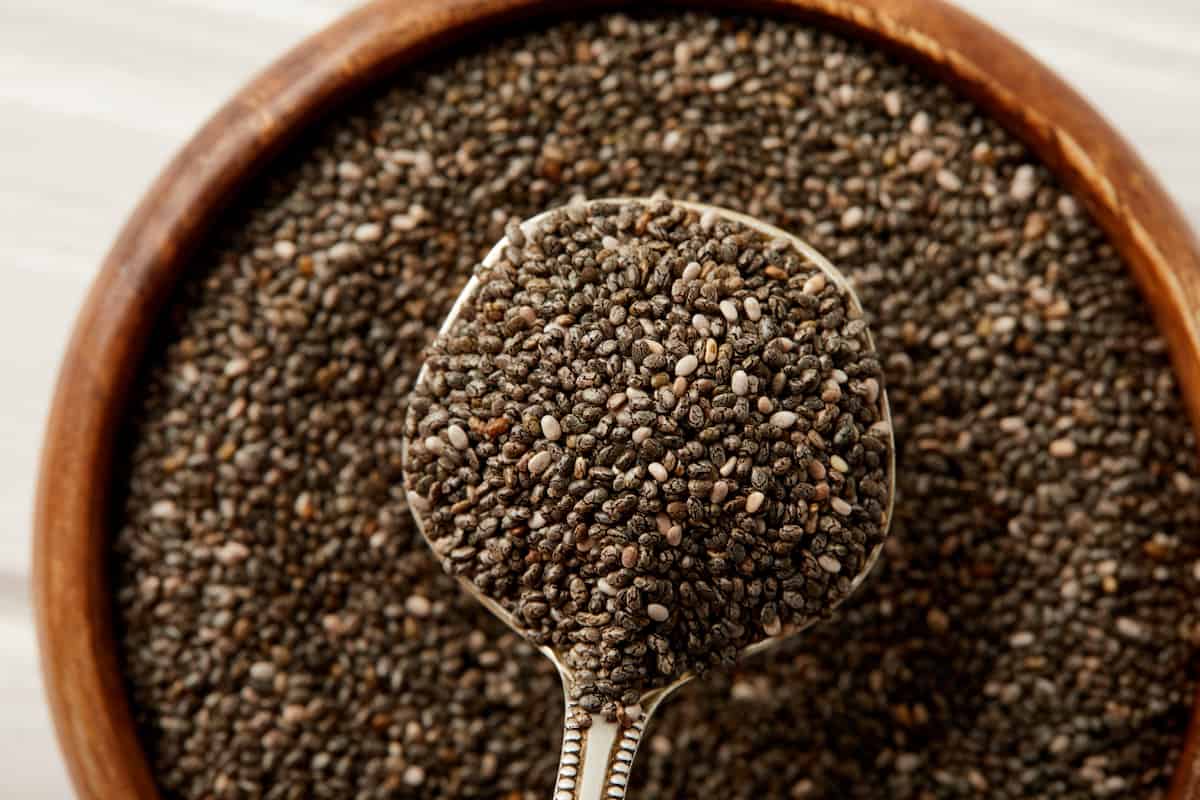
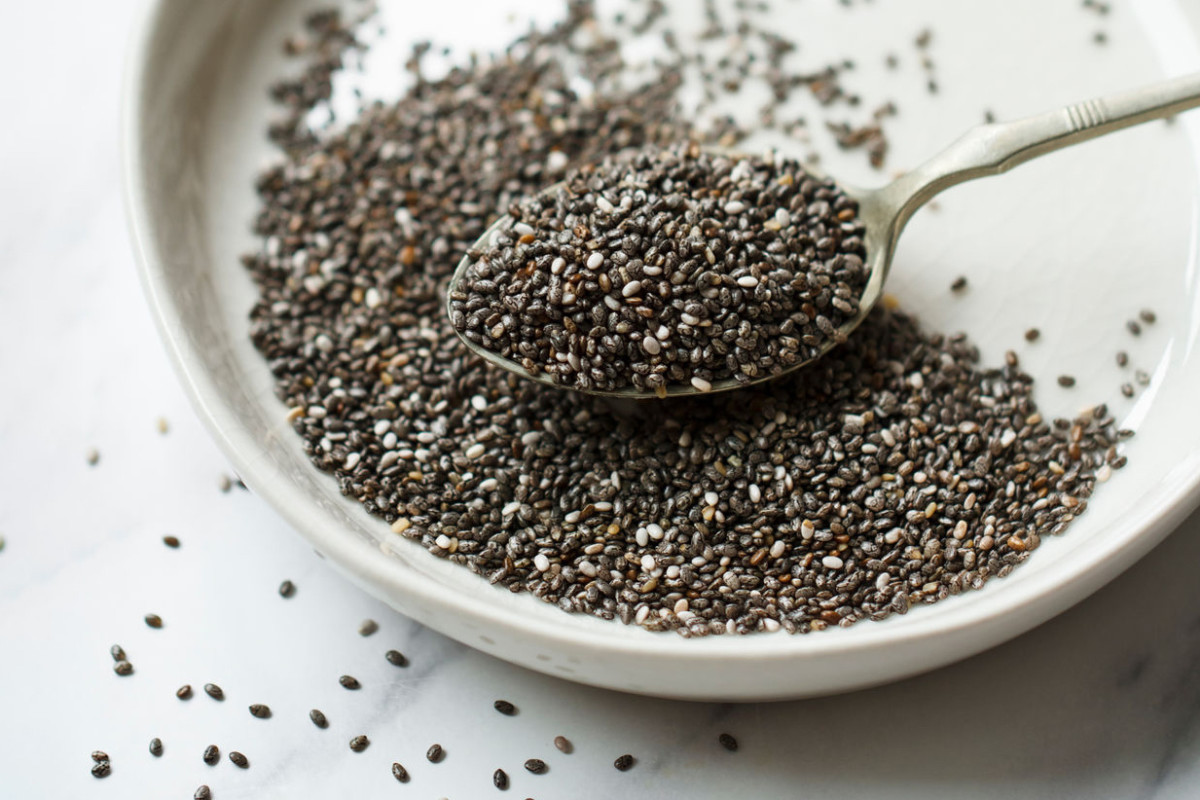
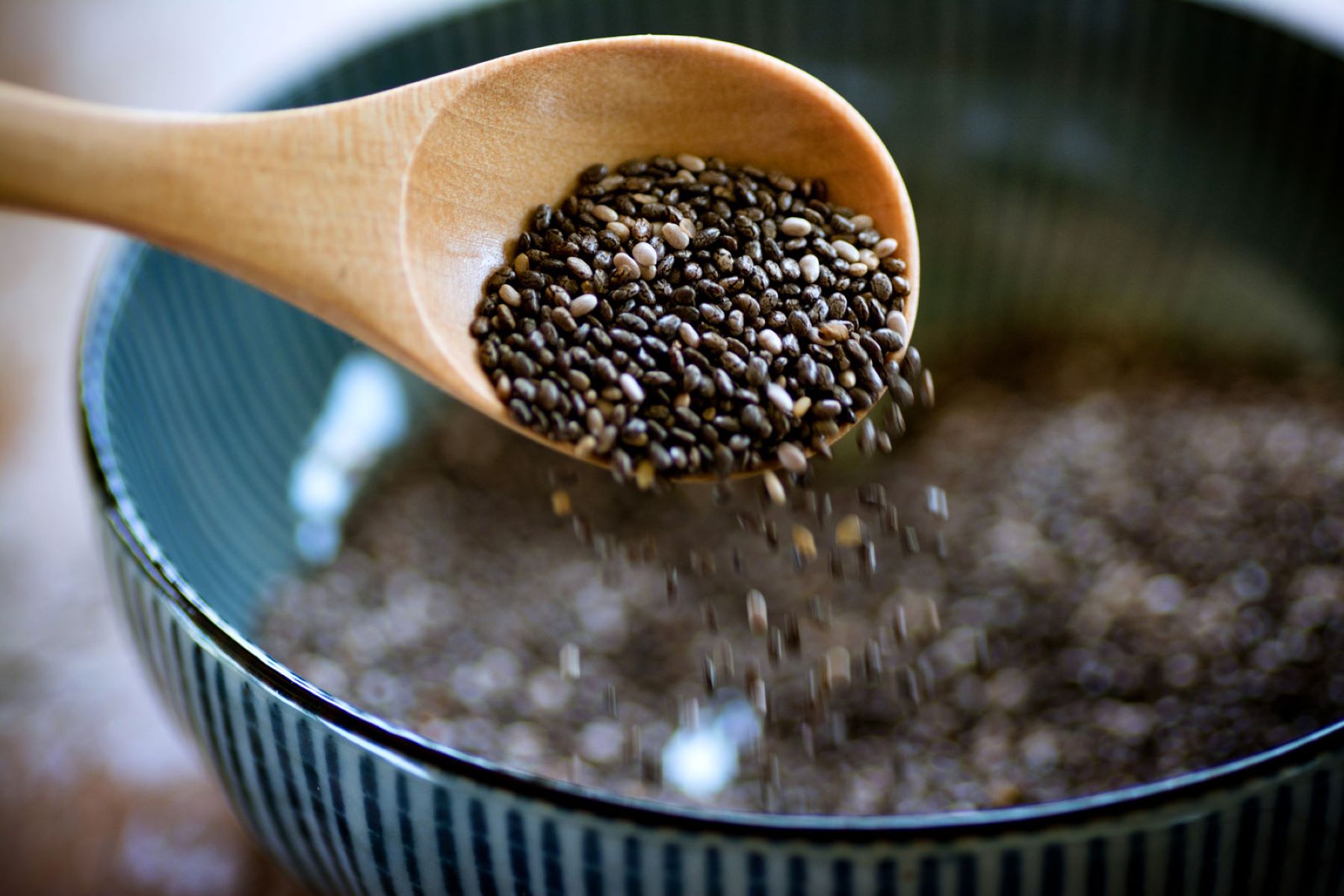
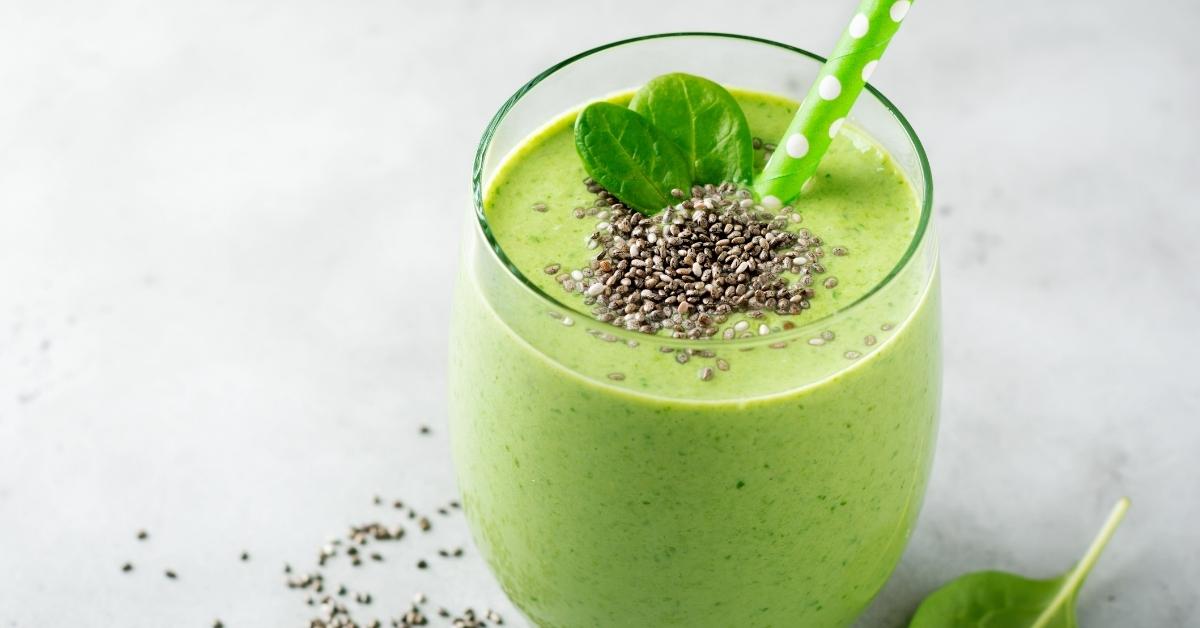
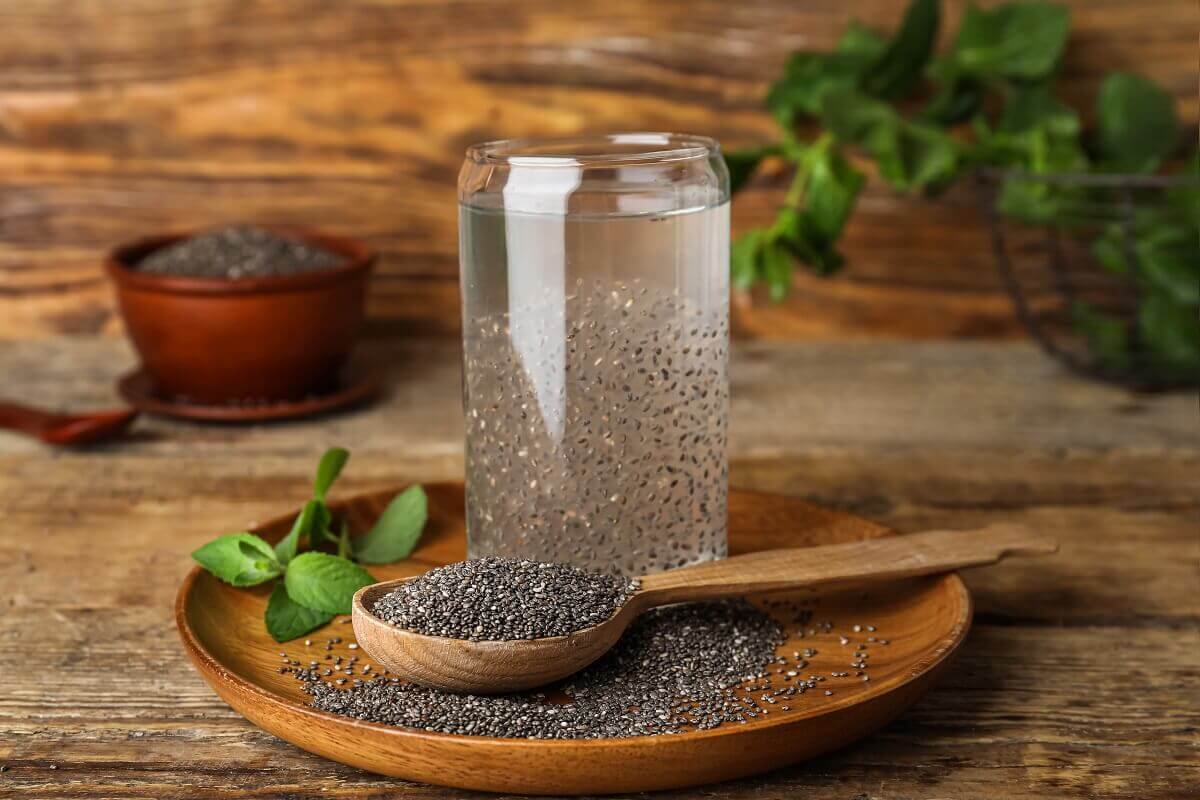

0 thoughts on “How To Soak Chia Seeds For Baby”